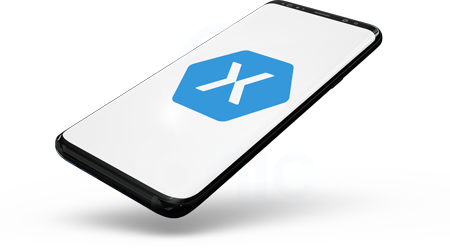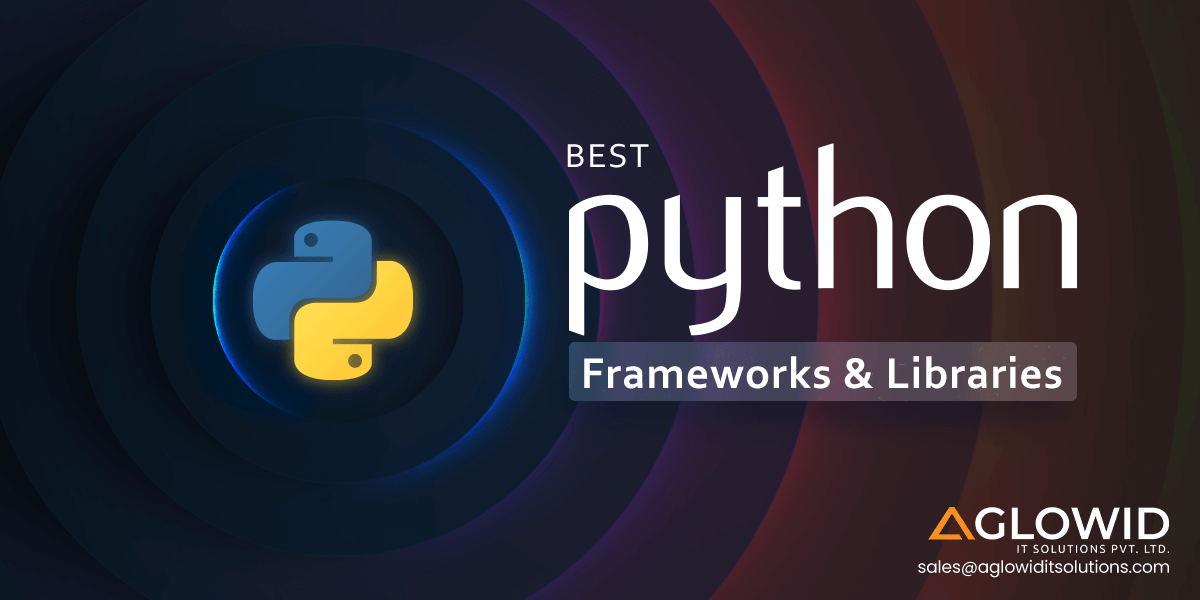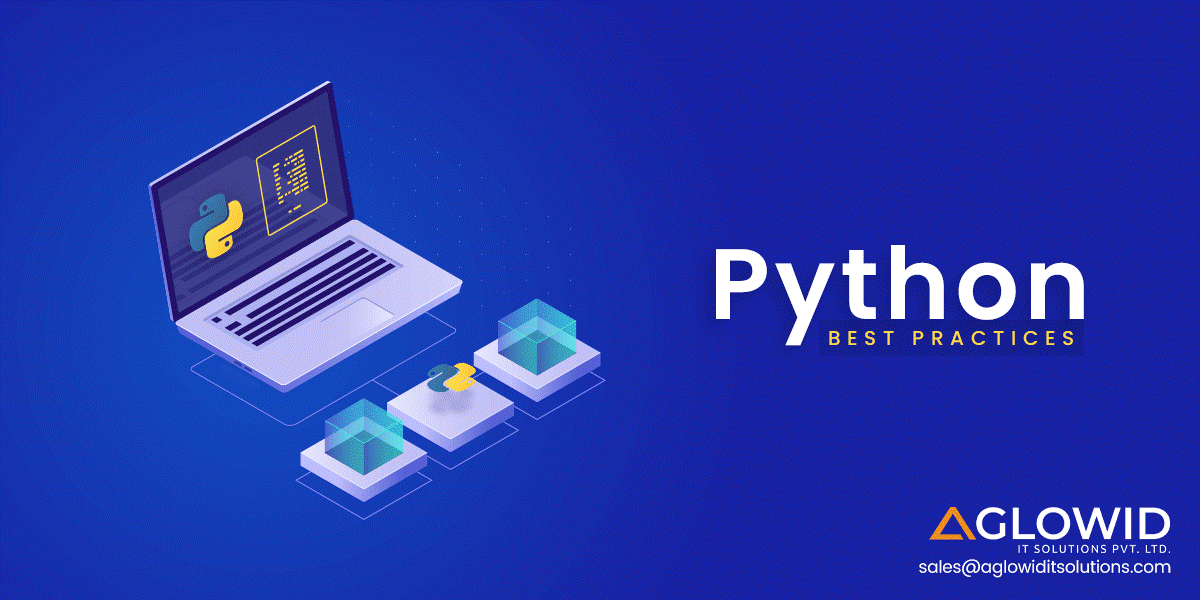Today Android and iOS are considered as the two most popular mobile platforms in the market. Businesses are looking for ways to build apps which reaches and satisfies the audience on both the platforms simultaneously.
Their popularity has paved the way for the rise of cross-platform app frameworks. These frameworks have turned out to be equally beneficial for the developers and businesses as they can have their app ready for both the market at fewer efforts.
With millions of apps getting added to the platforms individually, the businesses which are yet to make a move are prone to miss much of the footage. One of the main issues that they face with going for native apps is budgeting.
This is where cross-platform app development seems to be the best choice for businesses which are looking for ways to build their presence on iOS and Android platforms simultaneously. This becomes possible due to the availability of powerful cross-platform frameworks in the market.
What are Cross-Platform App Development Tools?
The frameworks that help the developers to come up with mobile applications which are capable of working well on more than one mobile platform. Here the platforms that we are talking about are Android and iOS. Here using these frameworks, the developers need to write the code once and the code will run anywhere on other platforms.
These frameworks indeed came with applications having some erratic behavior and some performance issues. Still, their popularity has increased in the market because of the lesser cost of development that it comes with rather than developing native apps separately for iOS and Android platforms.
Some of such powerful cross-platform mobile app development frameworks you can have for your project are:
IONIC
Ionic is a cross-platform app development framework which is open source in nature. It makes use of HTML5 to carry out translation and is licensed under MIT.
When it comes to design and structure, it is very similar to AngularJS. From Android and iOS, it also inherits some few design elements.
Here you can build hybrid apps that are native-like for iOS and Android as well as for progressive web apps.
It comes with a huge list of predefined design elements and features which can easily capture the attention of the developers.
It even enjoys the support of a large community of developers who can be there when you need some help with your development. You can get amazing results by working with AngularJS.
It also comes with a huge library of components, tools, and gestures. Here development becomes very simple due to the presence of native plugins.
In the case of Ionic app development, features like fingerprint authentication, Bluetooth and HealthKit can come in handy.
With the majority of the hybrid apps are facing performance issues, Ionic resolves them easily. You can easily have your app feel and look like a native app by creating it in Ionic. If you look at the performance side, it looks native too.
Some of the features of Ionic are:
- It is free of cost
- It is easy to maintain
- It is mainly used as a client-side framework.
- Wrapping Angular framework
- Offers support for newest and latest mobile devices
- It helps to develop native-based apps
REACT NATIVE
It was in 2015 that Facebook came up with React Native and as it came from a big brand, it made enough noise in the world of hybrid app development frameworks.
React Native has managed to turn out to be one of the most popular frameworks just within a few years of its launch.
One of the main reasons for its increased popularity is that it gives the developers the convenience to code in JavaScript. Now, this seems to be cool as it is the favorite language for coding. This means they have to go through a shorter learning curve, which means they can start working on it quickly.
With
Some of the features of React Native are:
- Components here are reusable
- It comes with a number of plugins
- It is an open-source framework
- As compared to other frameworks it is much faster
- It makes less use of memory
- React Native can be used for web development too.
- It is the most favored JavaScript framework out there.
XAMARIN
It was in 2011 that Xamarin was launched as a hybrid app development framework. This independent framework was then taken up by Microsoft in the year 2016. This made it more trustworthy and credible in the market.
The framework is open source in nature and was developed with the aim to build the gap between different native technologies, which has turned mobile app development a costly and effort-driven affair.
The main advantage of this kind of coding is that you can use it across other platforms too. Moreover, to carry out development in a faster manner by making use of the NuGet package and Xamarin plugins, it offers access to the native APIs.
Today, it is considered as one of the most competitive options available to build native app-like interfaces.
Some of the features of Xamarin are:
- It offers interface development tools
- It helps the developers to save a lot of development time.
- The codes can be easily shared with Mac OS and Windows platforms.
- Recently, Xamarin got into partnership with Microsoft, IBM, and Xoriant.
- Through cloud services, it can be tested on a number of devices.
Flutter
Flutter is another free and open-source cross-platform framework which can be used by developers in the next project to build native interfaces.
You can use it easily for both Android and iOS platforms and since its launch in 2017, it has managed to share the limelight with its peers.
Dart is an object-oriented programming language which is easy to learn and to be used by the developers. Flutter App Development is based on Dart, which makes it easy to be learned and used.
It comes with the feature of hot reloading which speeds up the development time. This feature lets the developer to see the preview of the changes made in the code directly in the simulator or emulator or within the device.
It also brings to you amazing native-like user interface and a feature of wrapping web view. On its superior rendering motor, Flutter offers quick and adjustable gadgets right inside the framework. Flutter architecture is based on the most popular and prevalent reactive programming.
Here it just takes a few seconds to write the codes and so as a developer, it becomes quite easy to add in new features, carry out development, to test and fixing bugs that too within very less amount of time. This means if you want to develop a minimum viable product, then you should ideally choose Flutter.
Some of the names in the market which is moving ahead with Flutter framework are Hamilton Musical, Alibaba eCommerce and Google Ads.
Some of the features of Flutter are:
- The framework is written in Dart language.
- It is one of the popular solutions for cross-platform app development.
- In order to develop visuals, it makes of Skia, a 2D rendering engine.
- With Flutter, it is quite easy to test the projects.
- If there is any mistake, then there is no need to restart the project.
- When it comes to building hybrid applications, Flutter is considered as a best-suited option.
PhoneGap
Apache PhoneGap was later named as Adobe PhoneGap. Today it is owned by Adobe. It is a framework used for cross-platform app development and it makes use of JavaScript, HTML and CSS.
Just like some of the frameworks we saw earlier, PhoneGap lets the developers to take a look at the changes made to the code on devices.
Something that makes PhoneGap stand out from other cross-platform app development frameworks is that it lets you to share the application within the team so that you can collect feedback. Moreover, if you want to build your app directly, you can make use of the cloud solution that it offers.
It stays ahead of its competitors through a large community, get access to third-party tools and a hand on a large number of plugins.
For mobile app development, it makes use of an intuitive desktop and then the desktop-based developed app is served to the mobile devices which are connected with the desktop. You don’t have to struggle with any convoluted text there.
Some of the features of Adobe PhoneGap are:
- When it comes to building hybrid apps, it should be the first choice.
- With PhoneGap, you can build apps using HTML, JavaScript, and CSS.
- It can be used to build an app for all the major operating systems out there.
- It helps you add in more functionality by adding in new plugins.
- With PhoneGap, the developers can work without worrying about the hardware issues.
Wrapping it up
In the case of mobile app development, the most crucial role is played by cross-platform app frameworks. They work as the tool to carry out the web and mobile application development for businesses.
When you are up to developing a web or mobile application for your business, you need to be sure you are going for a solution with a client-centric approach. Every business is different and so is its solution.
This means you need to consider a number of factors when you are choosing the right mobile app frameworks for the job. So take your time, go through different frameworks listed above and choose the right one that best suits your interest.










 Say
Say